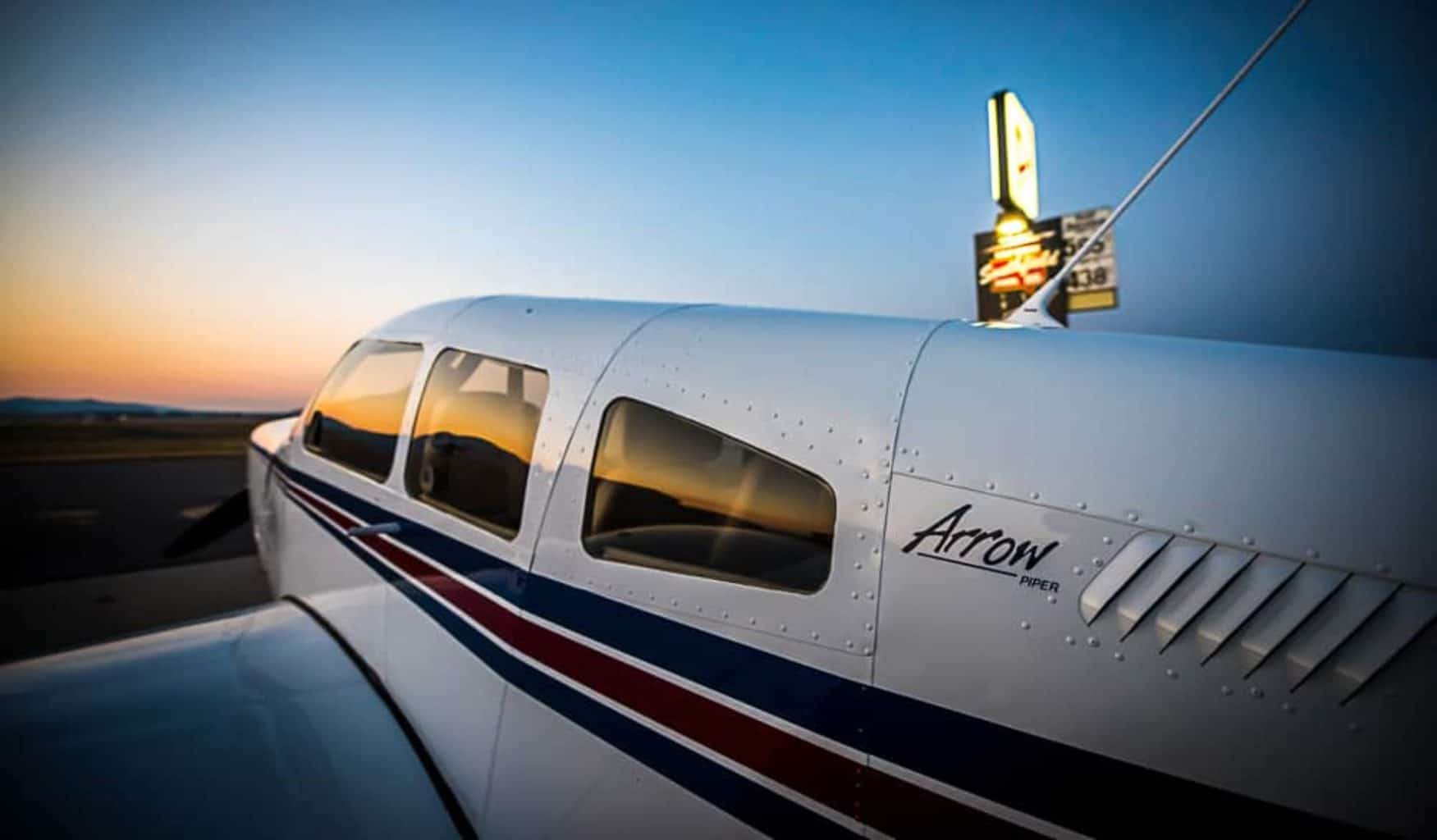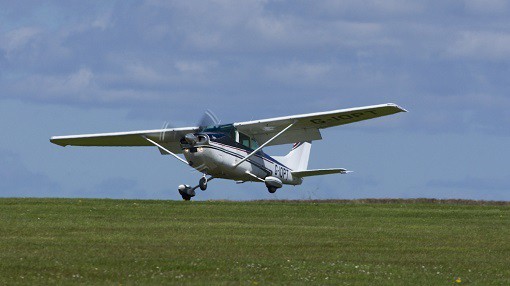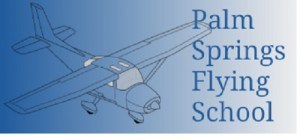Crosswind Landing Explained
In the first days of air travel, there were no crosswind landing. Over time, planes began demanding greater takeoff spaces. This meant that there was a must buy and preserve a big field so that you can accommodate the newer aircraft. Due to this, the transition was made to airports with runways that were designated. Nevertheless, it’s only sometimes the wind will be totally aligned with the runway. This is called a “crosswind”.
Aviators use a particular technique to counter these crosswinds on touchdown and takeoff. The aviator will bank then align it and apply opposite rudder to turn the plane from the wind. In effect, the aviator is making the plane fly sideways into the wind as much as the plane is being pushed on by the wind. Consequently, the plane stays aligned with the runway. This technique is called a ‘sideslip’. These aircraft have a tailwheel, that swivels to let directing, or a wheel under the tail and the primary landing gear towards the front. The plane would turn around or ‘groundloop’ if the pilot of among these aircraft didn’t accurately compensate for the wind. The likely consequence in this occasion would be damage to the plane.
Tricycle landing gear is used by many modern aircraft layouts. While the primary landing gear are farther back on the fuselage on these, the steerable wheel or wheels can be found at the nose. Though they are not designed to try this on an extreme or routine basis, this layout will correct the occasional minor piloting mistake, with no threat of a groundloop.
Though aviators could land in a crab, this also jostled the passengers on touch down and was considered sloppy technique. The ground clearance on these engines significantly restricted the quantity of “ or bank wing. Airlines started training crews allow tools consume the rest of the crab in the crosswind landing and to just use limited bank in crosswind landing. Aviators using the total quantity of bank for the crosswind risked hauling number 4 engine on the runway or the number 1. The conventional approach to banking into the wind is required to compensate completely for the winds is the ideal. You can find two clear advantages for this approach. The first is that done correctly, it’ll lead to zero side load of the gear, allowing for a smooth touchdown. The second is this approach really causes a stabilizing effect to the plane. Making the plane fly sidewise creates lots of drag. The wings that are banked may also create more lift. The horizontal part of the aerodynamic lift is what’s causing the plane to fly. The gust will cause a growth of the and again, partly assess the negative effect of the wind gust attempting to shove on the aircraft. This technique is only relevant on particular aircraft, and needs an attentive aviator with superb flying abilities. It’s mostly used in lighting crosswind states.
When the crosswind is more powerful, the common technique would be to land the aircraft partly and somewhat banked in a crab. This hybrid approach have some of the edges of the technique that is conventional, but doesn’t significantly risk pulling an engine or wingtip pod in powerful winds. Additionally it is not much more difficult to run in all crosswind states in relation to the conventional technique. Airplane manufacturer Airbus recommends that this technique is used by aviators of its aircraft.
To properly run this crosswind landing technique, the aviator have great flying abilities and must be intensely conscious of the plane’s place. This technique significantly reduces the side load forces on the equipment and doesn’t shove the passengers to the sides in their seats like the conventional technique, though it is as unstable. Aviators refer for this as “kicking it.
There’s one other technique, but it’s not actually a technique in any respect, and that’s when the pilot enables the aircraft to land with the tools consuming the whole load of the crosswind in the crab. This technique provides a comfortable ride for the passengers and is the most easy to run. On touchdown, the passengers will be suddenly shoved to the sides of these seats.
The approach will also normally fly just a little quicker during gusting and crosswind states. At airports with runways that are extremely long, this can be the additional rate and permissible leads to a plane that is somewhat more receptive. The aviators will regularly keep this additional rate through touchdown, touching down in a level attitude than standard. This may not be a choice if the runway span is restricted.


